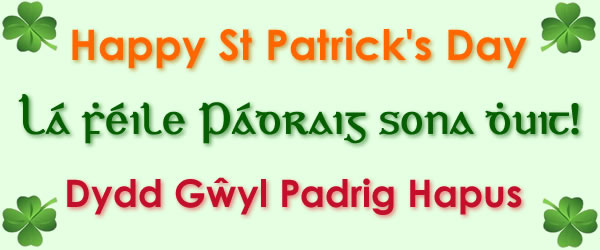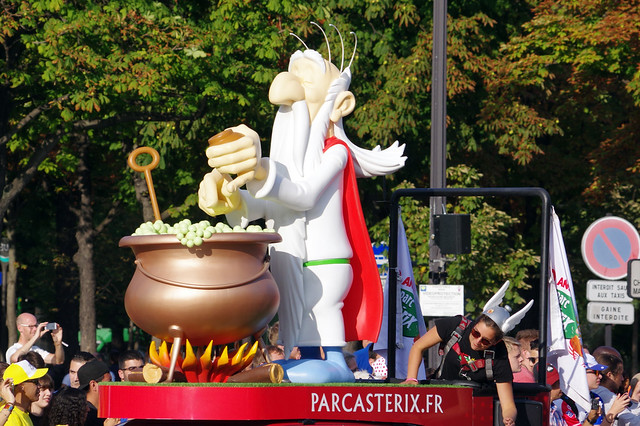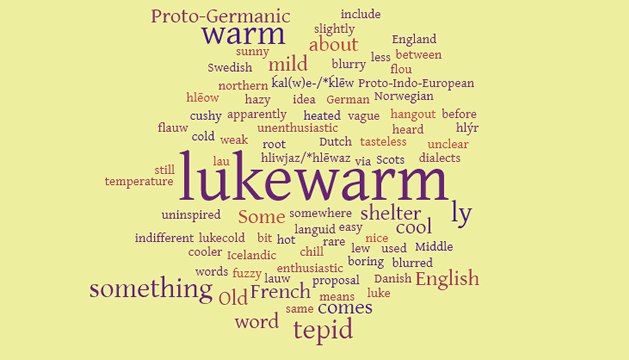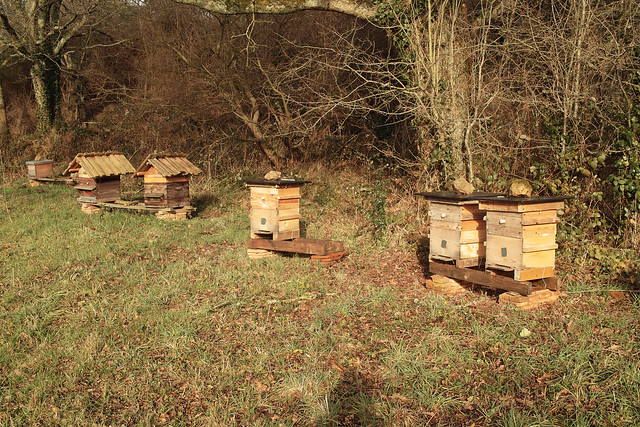A Dutch word I learnt recently is samenleving [‘samənlevɪŋ], which means society or community. It comes from samenleven (to live together, co-exist), from samen (together) and leven (to live), and could be literally translated as “together-living” [source].
Some related words include:
- anderhalvemetersamenleving = ‘one and a half meter society’, in which (almost) everyone keeps a distance of one and a half meters where possible to prevent the spread of an infectious disease (especially Covid-19)’ [source]
- wegwerpsamenleving = ‘throw away society’, in which using things once then throwing them away is normal [source]
The English word society comes from the Middle French societé (society), from the Old French societé (association, council, group, society, club), from the Latin societās (fellowship, association, alliance, union, community), from socius (associated, allied, partner, companion, ally), from the Proto-Indo-European *sokʷ-yo- (companion), from *sekʷ- (to follow) [source].
English words from the same PIE root include associate, consequence, obsequious, persue and sequel [source].
The English word community comes from the Old French comunité (community), from the Latin commūnitās (community; public spirit), from commūnis (common, ordinary, universal, public, democratic) [source].
In Old English a community was a gemænscipe [ˈjeˌmæːnˌʃi.pe], which is cognate with the Dutch word gemeenschap (community, society, fellowship) and the German word Gemeinschaft (community, group, company, sense of community). These come from the Proto-West Germanic *gamainiskapi (community), from *gamainī (common, shared, communal) and *-skapi (forms nouns denoting state) [source].











